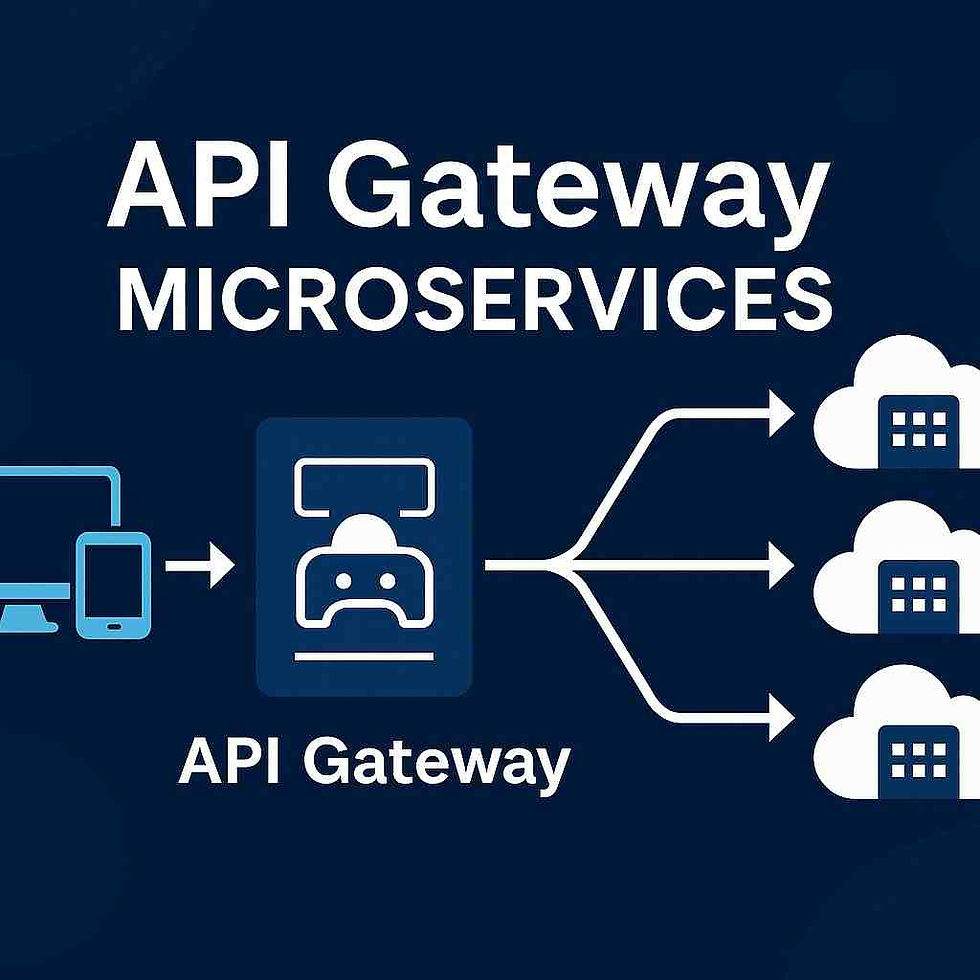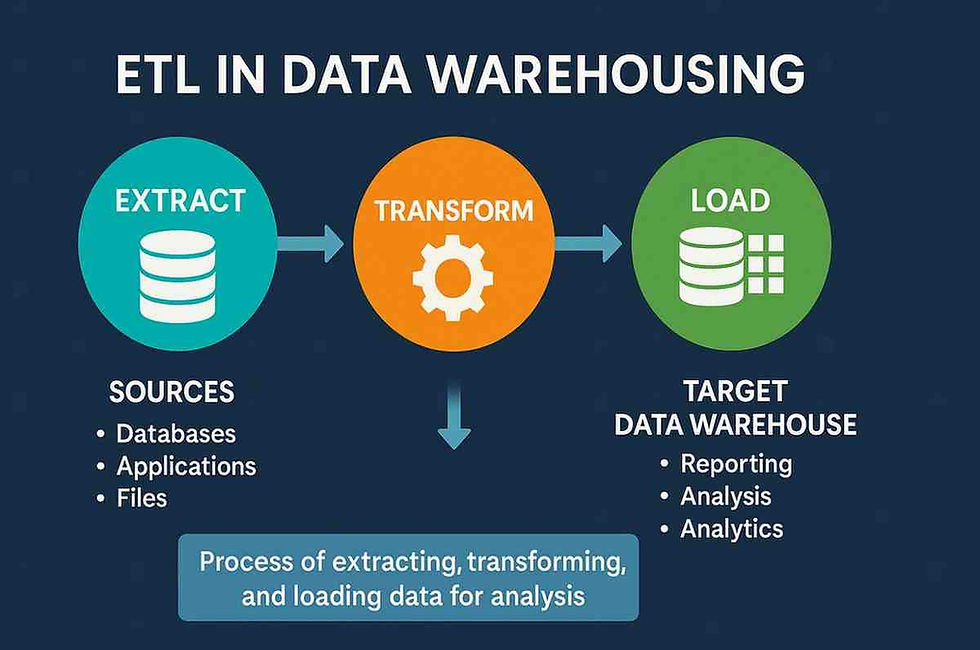Unveiling The Challenge Building Your API Automation Framework from Scratch
- Apr 23, 2024
- 7 min read
To software developers in the present world, which is all about changes and is more dynamic, building an API automation framework from scratch seems extremely difficult. This paper investigates the intricacies of this venture by going over some of the difficulties and how to address them, as well as the successful approaches.
Without a doubt, API automation is an integral part of today’s software development as it helps to simplify API testing and integration tasks. An automation framework allows developers to streamline testing procedures, ensuring stability, scalability, and ease of maintenance of their product.
Understanding the Complexity
Developers' lives are full of obstacles if they embark on building an API automation framework from ground zero. Their first hurdle is choosing the most appropriate path as there are many possibilities to consider. Will developers opt for a data-driven approach or a keyword-driven framework, or perhaps choose a hybrid model that would leverage the best features of both?
Another group, the developers, are constantly challenged to cope with a sea of technical issues where they have to decide which programming languages and testing tools should be used in addition to architectural patterns. Developers are bound to face off with striking a balance between scalability and simplicity, creativity and practicability, adaptability and stability, as well as other elements; on all these dimensions, they would need to make some serious choices that could affect how successfully their automation project can be implemented.
Key Components of an API Automation Framework
What to Include in an API Automation Framework A successful API automation framework should feature a wide range of key components, all working together seamlessly for the betterment of the whole system and its ultimate performance.
Test Scripts: These scripts execute tests that compare the expected results to the API's responses in order to verify functionality and confirm the results.
Utilities and Libraries: They facilitate the reuse of codes and improve the readability of codes by providing reusable methods and components that accelerate the testing process.
Reporting Mechanisms: Reporting systems produce comprehensive reports that include error messages, performance data, failed/passed statuses, and test results, which allow stakeholders to make informed decisions.
Choosing the Right Tools and Technologies
Selecting the appropriate technology and instruments is crucial to creating a powerful automation framework for API's. To make informed decisions, factors including scalability, compatibility, functionality, and community support must be taken into consideration. Commonly employed technologies and instruments for API automation include.
Programming Languages: For the purpose of creating test cases, the languages most commonly used are Python, Java and JavaScript. This is because they have large libraries, are readable and flexible.
Testing Frameworks: To organize tests in order, manage test data and produce detailed test results, frameworks like pytest, Junit, and TestNG provide a systematic approach for developers.
API Testing Tools: There are many functionalities for doing HTTP queries, verifying responses and automating API testing flow with tools such as Postman, Soap UI and Rest Assured.
Designing the Architecture
The design of the automation framework is a root cause of its flexibility, scalability and maintainability. Developers should carefully plan the structure of the framework considering important elements of
Modularity: Breaking the framework into modules contributes to scalable, reusable and maintainable systems.
Layered Architecture: A layered approach such as Model-View-Controller (MVC) pattern is important to increase adaptability and clarity of the framework by separating responsibilities.
Dependency Injection: It is also easier to unit test components and one can have dependency management helped through the use of dependency injection frameworks like Spring or Guice.
Writing Test Cases: The effectiveness of an API automation framework heavily depends on the quality of its test cases. Developers should follow recommended procedures such as
Clearly Defined Test Scenarios: Determining and recording several test situations, including edge instances, boundary conditions, and positive and negative cases.
Data-Driven Testing: Test cases are parameterized using data-driven approaches, which allows for test execution that is flexible and scalable.
Assertions and Validations: Test scripts should contain assertions and validations to confirm anticipated results and identify any deviations from expected behavior.
Implementing Test Automation
The process of implementing test automation entails running test cases automatically, usually as a component of a pipeline for continuous delivery (CD) or continuous integration (CI). By ensuring reliable and effective test execution, this shortens the time it takes to deliver software and encourages quicker feedback. Important factors to take into account while applying test automation are.
Integration with CI/CD Tools: Test execution is automated and the deployment process is streamlined by integrating the automation framework with CI/CD systems like Travis CI, Circle CI, or Jenkins.
Version Control: The use of version control systems, such as Git or SVN, enables effective administration of test scripts and change tracking, which in turn promotes team participation and code reviews.
Parallel Execution: Parallel test execution reduces total test execution time and optimises resource use, particularly in large-scale automation projects.
Continuous Integration and Deployment (CI/CD)
When it comes to API automation, CI/CD processes are essential because they allow teams to automate integration, testing, and deployment of changes to the automation framework. Using CI/CD techniques guarantees.
Code Quality Assurance: Builds and tests are automatically started in response to code changes, guaranteeing that new features and bug fixes satisfy quality requirements before going live in production.
Accelerated Delivery: Streamlined the release process by automatically deploying tested code updates to live environments, cutting down on human interaction and error-proneness.
Monitoring and Reporting
The creation of informative reports and the monitoring of test execution are essential components of API automation. By employing procedures for monitoring and reporting, teams can.
Early Issue Detection: Monitoring test execution in real-time allows for the early identification and fixing of problems or failures as they arise.
Performance Metrics Tracking: Metrics like test execution time, throughput, and error rates may be captured to help identify bottlenecks and optimise test efficiency.
Actionable Insights Generation: The creation of thorough reports that summarise test findings, patterns, and useful information enables stakeholders to take informed decisions and promote ongoing development.
Addressing Common Challenges
There are several issues associated with API automation, from handling changing data and managing dependencies to handling authentication and permission. In order to overcome these obstacles, developers can.
Authentication Mechanisms Implementation: The use of methods like JWT, OAuth, or API keys guarantees safe authentication and permits access to resources that are protected.
Dynamic Data Handling Strategies: The consistency and dependability of test results are ensured by developing ways to manage dynamic data in test scripts, such as timestamps, session tokens, or unique IDs.
Dependency Management Techniques: Using strategies like service virtualization, mocking, or stubbing separates dependencies, resulting in predictable test environments and a decrease in test flakiness.
Ensuring Security and Compliance
When automating APIs, security and compliance are crucial factors to take into account, especially when handling sensitive data or in regulated businesses. Developers should assure compliance and security.
Sensitive Data Encryption: Sensitive data, such user passwords or private information sent over APIs, is protected from illegal access and data breaches by encryption.
Adherence to Industry Standards: Adherence to industry standards and best practices, such as the GDPR guidelines or the OWASP API Security Top 10, guarantees compliance with legal obligations and reduces security risks.
Security Testing Conduct: Security flaws in APIs and the automation framework are found and fixed through the use of security testing techniques including penetration testing, vulnerability scanning, and security code reviews.
Scaling the Framework
Developers need to implement techniques to efficiently scale the automation framework as the project grows. Important methods for expanding the framework include.
Horizontal Scalability: By distributing test execution over several computers or containers and utilising cloud-based infrastructure for elastic scalability, the automation framework is designed to grow horizontally.
Resource Utilization Optimization: Scaling the automation framework requires optimising resource use. Ensuring optimal performance and cost-effectiveness requires excellent control of computer resources, memory consumption, and network traffic.
Automated Provisioning: Dynamic resource allocation and management depending on demand is made easier by implementing automated provisioning and configuration management solutions, such as Infrastructure as Code (IaC) or container orchestration systems like Kubernetes.
Performance Testing: To evaluate the automation framework's robustness and scalability under varied load scenarios, performance testing is essential. By locating any bottlenecks and allocating resources as efficiently as possible, the framework can handle growing workloads.
Continuous Optimization: The automation framework must be continuously monitored and optimised in order to accommodate changing company needs, technology breakthroughs, and requirements. Increased scalability and efficiency are a result of routinely reviewing and improving the infrastructure, processes, and design.
Best Practices and Tips
API automation projects cannot succeed unless best practices are followed. To maximise the automation process, consider the following advice.
Start Small, Scale Gradually: Start small while implementing the automation framework, and then progressively increase its capabilities and breadth as needed. Give iterative and incremental delivery a higher priority than trying to automate everything at once.
Promote Collaboration Across Teams: Encourage cooperation between development, quality assurance, operations, and other relevant parties to guarantee goal alignment, shared responsibility for the automation framework, and cross-functional backing for automation projects.
Embrace Continuous Learning and Improvement: Encourage experimentation, information exchange, and skill development among team members to foster a culture of ongoing learning and growth. Keep up with market developments, new product releases, and industry best practices to promote API automation creativity and productivity.
Establish a Feedback Loop: Establish a feedback loop to collect ideas, request comments, and refine the automation framework in light of actual user experiences and real-world usage. Identifying areas for improvement and prioritising upgrades based on feedback from developers, testers, and end users is made possible.
Conclusion
Building an API automation framework from the ground up requires careful planning, technical know-how, and strategic decision-making. Developers may build a solid, scalable, and effective automation system by overcoming the inherent hurdles and carefully and strategically traversing the complexity. In today's competitive market context, organisations may improve customer happiness, increase developer productivity, and deliver high-quality software more quickly by using automation.




Comments